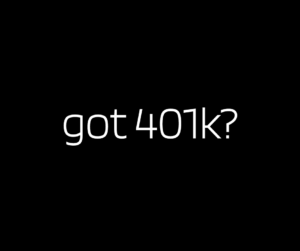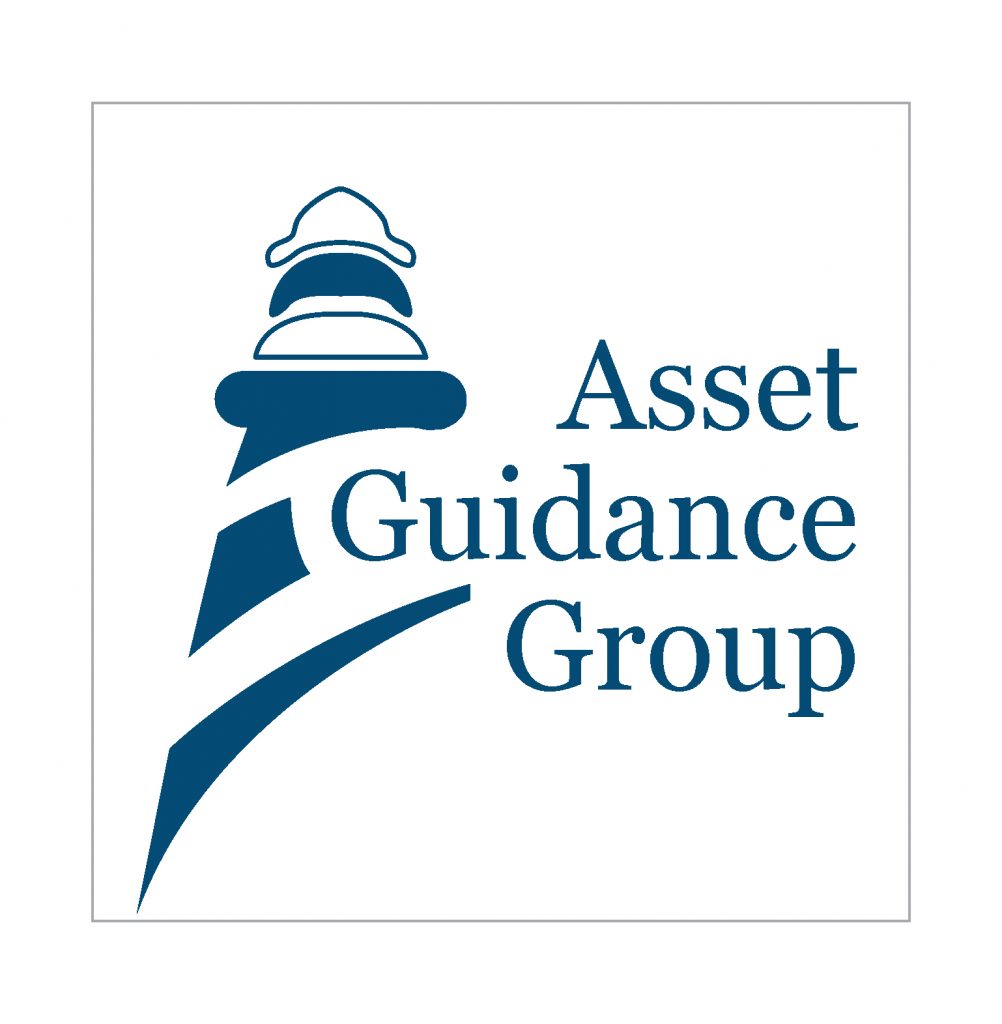The Asset Guidance Group Weekly Update For the week ending June 17, 2022
3 Things…
- Trends/Bonds: S&P500 fell to over 17% below its 200, maintaining its well-established downtrend as momentum to the downside slowed by midday Friday; NASDAQ fell to over 23% below its 200, strong downtrend, downside momentum slowing; 1.2% of the S&P 500 and 15% of the NASDAQ, respectively, are above their 50-Days; Bulls19:Bears58; VIX 31.50; [1] The yield on the benchmark 10-year Treasury note fell from over 3.5% early in the week to 3.218%. 2yr/10yr hit 0.96. The yield on the 30-year Treasury bond moved higher to 3.26%. Yields move inversely to prices and 1 basis point is equal to 0.01%. [2]
- Sectors: Best 1-month sectors: Healthcare (-8.56%), Real Estate (-9.49); Financials (-9.78%), Industrials (-10.37%), Crypto/Bitcoin falls to $20,646.46; [3]
- Structured Note Values
- KRE Pricing Value 2/28/22: 73.49, Current 57.51-Delta -21.74%
- XLE/XOP Lowest, XLE Pricing Value 3/25/22: 78.75, Current: 73.90, Delta -6.16%; XOP Pricing Value 3/25/22: 138.60, Current Value: 130.41-Delta -5.91%
- Lower of GDX/GDXJ; GDX Pricing Value: 4/29/22: 34.99, Current: 30.37 Delta -13.20%; GDXJ Pricing Value 4/29/22: 42.95, Current: 36.68 Delta -14.60%
- Lower of GDX/GDXJ; GDX Pricing Value: 5/26/22: 32.39, Current: 30.37 Delta -6.24%; GDXJ Pricing Value 5/26/22: 39.67, Current: 36.68 Delta -7.54%
- ARKK Pricing Value 6/15/22: 39.42, Current: 38.48, Delta -2.39 [4]
This Week’s Quotable
“This is a great awakening … of Central Banks to the fact that they are way behind on inflation. …For [the Swiss Bank] to get ahead of the ECB and hike not 25bps but 50bps shows that we are in the midst of a secular regime change. And this is going to be fundamental to the economy and the markets.” Noted Economist and Allianz Advisor Mohamed El-Erian on CNBC’s “Squawk Box” Thursday. [5]
Recent Highlights
- Industrial Production increased by 0.2% (06/17)
- Capacity utilization increased to 79% (06/17)
- Housing Starts decreased to 1.549 million units (06/16)
- Building Permits decreased to 1.695 million units (06/16)
In the Markets
U.S. stock markets plummeted on Thursday concerns of a near-term recession. Fed’s decision to hike interest rate by a record-high 75 basis points in June and possibility of doing same in July significantly dented market participants confidence. A few weak economic data have also worsened the situation. All three major stock indexes ended deep in the red.
How Did The Benchmarks Perform?
The Dow Jones Industrial Average (DJI) slid 2.4% or 741.46 points to close at 29,927.07, marking the index’s lowest close since December 2020. Notably, 26 components of the 30-stock index ended in negative territory while 4 in green. The blue-chip index is currently 19% below its all-time high recorded on Jan 5.
The tech-heavy Nasdaq Composite finished at 10646.10, plunging 4.1% or 453.06 points due to weak performance of large-cap technology stocks. The tech-laden index is in bear market since Mar 7 and posted its lowest close since September 2020.
The major loser of the index was Lucid Group Inc. (LCID), shares of which nosedived 11.2%.
The S&P 500 tumbled 3.3% or 123.22 points to end at 3,666.77. The broad-market index officially entered a bear market territory on Jun 13 and posted its lowest close since December 2020. All 11 broad sectors of the benchmark index closed in negative zone.
The Communication Services Select Sector SPDR (XLC), the Consumer Discretionary Select Sector SPDR (XLY), the Energy Select Sector SPDR (XLE) and the Technology Select Sector SPDR (XLK) plummeted 3.7%, 4.9%, 5.6% and 4.1%, respectively.
The fear-gauge CBOE Volatility Index (VIX) was up 11.2% to 32.95. A total of 13.98 billion shares were traded Thursday, higher than the last 20-session average of 12.16 billion. Decliners outnumbered decliners on the NYSE by a 7.58-to-1 ratio. On Nasdaq, a 4.48-to-1 ratio favored declining issues.
A Hawkish Fed
In his post-FOMC statement, Fed Chairman Jerome Powell said that central bank has decided to raise the benchmark lending rate by 75 basis points effective immediately. With this, the Fed funds rate increased to 1.5-1.75% compared with 0-0.25% at the beginning of this year.
Powell has hinted that the Fed could raise interest rate by another 50 to 75 basis points in July. According to the “dot plot” – which gives individual Fed members expectations – shows that the median value of the benchmark interest rate to go up to 3.4% at the end of 2022 compared with 1.9% projected in March FOMC.
Fed Chairman has reiterated his commitment to fight inflation aggressively to bring it down near to the central bank’s targeted 2% without forcing the economy to go into a recession. However, the Fed cut its outlook for 2022 GDP growth to 1.7% from 2.85 in March. Unemployment rate, which is currently at 3.6% is expected to climb to 4.1% in 2024. The Fed fund rate to rise to 3.8% at the end of 2023.
The projection for the PCE price index – Fed’s favorite gauge of inflation – raised to 5.25 from 4.35 in March. The core PCE inflation has uplifted to 4.3% from 4.1% in March. However, PCE and core PCE inflation are expected to come down to 2.6% and 2.7%, respectively, in 2023.
Investors did not like Fed Chairman’s statement. Low GDP growth, higher unemployment rate, a record-high inflation and a higher interest rate regime will result in stagflation, which will ultimately push the economy into a recession.
Economic Data
The Department of Labor reported that weekly jobless claims fell by 3,000 to 229,000 for the week ended Jun 11. The consensus estimate was 2185,000. Previous week’s data was revised upward from 229,000 to 232,000. Continuing claims (those who already received government benefits) increased to 1.312 million for the week ended Jun 4. Previous week’s data was revised upward to 1.309 million from 1.306 million reported earlier.
The Department of Commerce reported that Housing Starts fell 14.4% in May to a seasonally adjusted 1.549 million units compared with the consensus estimate of 1.695 million units. April’s data was revised upward from 1.724 million units to 1.810 million units. This was the biggest monthly drop since April 2021 and lowest level since April 2020.
Building Permits fell 7% in May to a seasonally adjusted 1.695 million units compared with the consensus estimate of 1.798 million units. April’s data was revised upward from 1.819 million units to 1.823 million units. [6]
Sources: [1][3][4] Stockcharts.com; [2] CNBC.com; [5] central-banks-are-facing-a-great-awakening-on-inflation-says-mohamed-el-erian (cnbc.com); [6] Zacks Professional Services, “Today’s Key Market and Economic News” for Friday June 17, 2022;

5 Questions to Ask About Medicare Downloadhttps://assetguidancegroup.com/5-questions-to-ask-about-medicare/
 Need 401k Plan Professional Advice? Click Here
Need 401k Plan Professional Advice? Click Here